
A new study of a long-term dream journal from a woman who belonged for many years to a physically and spiritually abusive religious cult.
Earlier this year a dream research colleague, G. William Domhoff, told me about a new series of dreams available from a person willing to participate in a new experiment with “blind analysis.” Blind analysis involves bracketing out all personal information about a dreamer and focusing only on the patterns of word usage frequency in the dreams. These patterns become the basis for making inferences about the dreamer’s waking life concerns, relationships, and activities, which the dreamer is then able to confirm or disconfirm. I like this method because it provides a very rigorous way of testing and refining my hypotheses about dreaming-waking connections.
According to Domhoff, the dreams came from a woman who is an “ex-cultist” and who has been keeping a regular dream journal for more than 30 years. This immediately catapulted the project to the front of my research queue. Here was a rare opportunity to study the dreams of someone from what sounded like an extremely unusual religious background. What might a blind analysis of the dreams of such a person reveal?
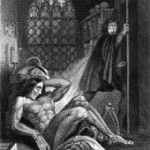
The following is an initial progress report on what I’ve found so far. A more detailed discussion will be part of a talk I will give in June at the annual conference of the International Association for the Study of Dreams in Anaheim, California.
To make the analysis more manageable we asked “Beverly” (a pseudonym) to provide four subsets of her dreams, one each for the years 1986, 1996, 2006, and 2016. Apparently she has recorded a total of more than 6,000 dreams recorded over this whole time period, which works out to an average recall rate of about four dreams a week for 30 years. Quite a prolific dreamer! And quite an amazing personal document for her to reflect on the long and winding course of her life.
We uploaded the four sets of dreams into the Sleep and Dream Database and I used the SDDb’s 2.0 word search template to analyze each set. The 2.0 template has 40 categories of word usage organized into 8 classes: Perception, Emotion, Cognition, Characters, Social Interactions, Elements, Movement, and Culture. After creating a large spreadsheet with all the word search results, I compared the frequencies in Beverly’s dreams with the frequencies of the SDDb baselines—a large, high-quality set of dreams from many sources that I use as a standard of “normal” frequencies of dream content (presented in chapter 6 of my book Big Dreams). I also looked at variations between the four sets of Beverly’s dreams, noting any frequencies that seemed markedly higher or lower than others in the same category.
A special challenge with Beverly’s dreams is their relatively short length. The 940 total dreams across the four sets have an average length of 54 words, with a median of 43 (meaning half the reports are more, and half are less, than 43 words in length). I typically use this method with much longer dreams, so I went into the analysis with even more caution than usual.
As it turned out, and as I will describe in more detail at the IASD conference in June, the short length of Beverly’s dreams did not impede the process. On the contrary, this has been one of the most successful experiments of blind analysis I’ve done to date.
After I calculated Beverly’s word usage frequencies and made my baseline comparisons, I formulated a total of 26 inferences about her waking life. To be clear, at this point I only knew three details about Beverly’s personal life: she was a woman, an avid dream journaler, and an ex-cultist. Other than that, I was “blind” to her waking life circumstances and personality.
Of the 26 inferences I sent to her, Beverly confirmed 23 as accurate. These included predictions about her personality, relationships, financial concerns, physical health, and cultural interests.
The three inferences she did not affirm are interesting, and may help me further refine the blind analysis process. I’ve found in past experiments that I often learn more from mistaken inferences than from successful ones.
In the 1986 set of dreams there are five dream reports that use the word “earthquake”; none of the other sets of dreams use this word, which prompted my inference that in 1986 Beverly was “impacted by an earthquake.” This was her response: “This must be symbolic of what I went through with the group in 1986. That was the year they hit bottom, including the murder.”

This aspect of meaning was not really part of my inference, so I don’t count it as a successful one, but it does shed light on the possible use of a natural disaster like an earthquake as a recurrent symbol for strong emotional concerns that feel profoundly disruptive and foundation-threatening.
The 1996 set of dreams had remarkably low frequencies of perception words, which struck me as significant. My inference suggested that during this time the dreamer was “less perceptually stimulated.” Beverly responded, “Not sure what this means, but I was smoking tons of pot that year.” Maybe that’s the connection, or maybe it’s something else. I didn’t phrase the inference very precisely, which made it hard for her to definitively confirm or disconfirm it.
The 2006 set of dreams had the highest frequency of animal references, which led me to infer that during this time period Beverly was “more concerned about animals (especially birds, cats, and dogs.).” She replied, “Possibly. I had pet birds and was very attached to Rocky, my parents’ big orange tabby.” I’m inclined to take this answer as a confirmation of my inference, since 1) she specifically mentions birds and a cat, and 2) she describes the kind of behaviors and feelings that I would generally include in defining the phrase “concerned about animals.”

What about the references to religion in Beverly’s dreams? This whole series is an amazing chronicle of a lifelong spiritual journey. Even if I had not known Beverly was an ex-cultist, I would have made it the top headline of my inferences that this dreamer had an extremely strong interest in religion in the early parts of her life. It turns out that Beverly was deeply involved with a Hare Krishna group in the 1980’s, a group that took a very dark turn into abuse, violence, and murder, as she mentioned. Her dreams track the course of her involvement with the group and her final escape from it, which has opened her life to a variety of new creative possibilities, also reflected in her dreams in remarkably accurate detail.

At the IASD conference I will talk more about the religious dimensions of her dreams, along with her social relationships and her “big dreams” (i.e., what she considers the most memorable dreams of her whole life). I will then compare these results with those I’ve found in studying three other long-term dream journals—from Brianna, Jordan, and Jasmine (all pseudonyms, all in the SDDb). My hope is to use this conference talk, and the feedback I receive from my colleagues, as a springboard for a deeper exploration of Beverly’s dream series. Her journal is an incredibly valuable resource for the scientific study of religiously significant patterns in dreaming.
Note: This post was first published in Psychology Today on April 20, 2017.
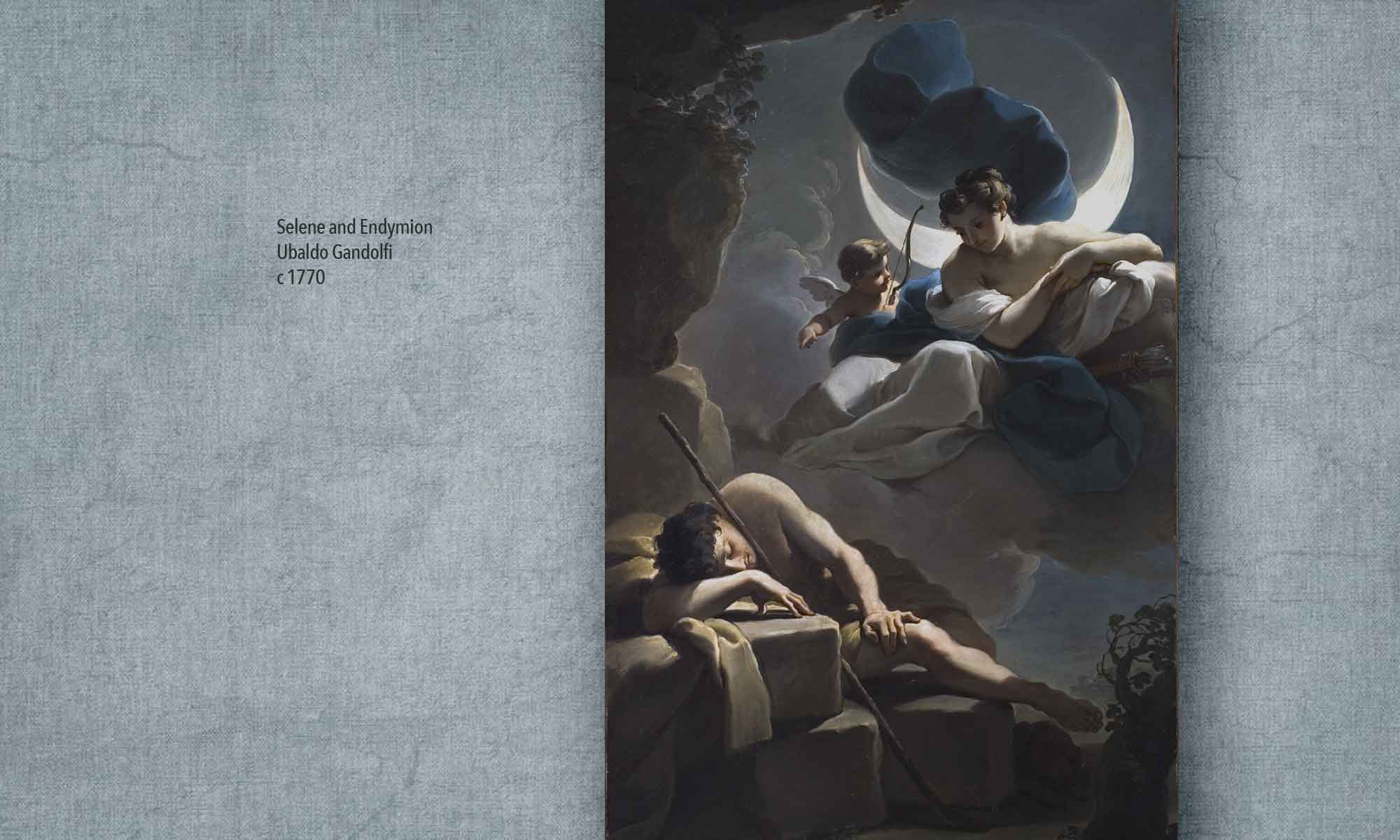







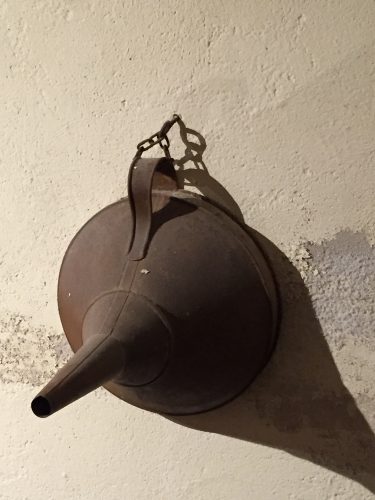
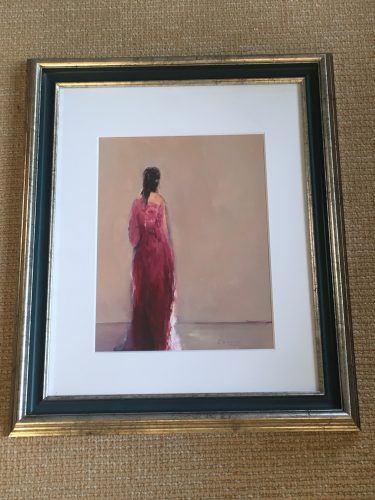
 In August of 1991 I joined a group of dream researchers from the U.S. and Western Europe on a journey to Golitsyno, a conference center just outside Moscow in the former Soviet Union, where we planned to meet several Soviet researchers for a gathering organized by Jungian analyst Robert Bosnak. Just hours after our plane landed in Moscow on August 19, the airport was suddenly shut down by the Red Army; a
In August of 1991 I joined a group of dream researchers from the U.S. and Western Europe on a journey to Golitsyno, a conference center just outside Moscow in the former Soviet Union, where we planned to meet several Soviet researchers for a gathering organized by Jungian analyst Robert Bosnak. Just hours after our plane landed in Moscow on August 19, the airport was suddenly shut down by the Red Army; a 



 The latest series to be uploaded into the Sleep and Dream Database (
The latest series to be uploaded into the Sleep and Dream Database (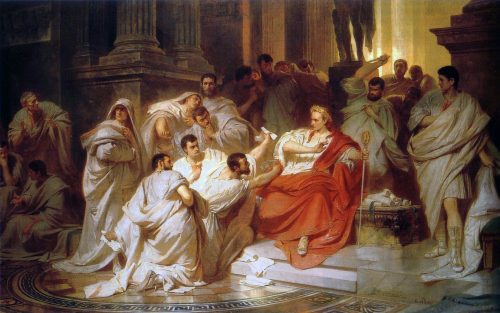 Prophetic dreams of doom go unheeded in Shakespeare’s tragedy about violent political strife among the greatest leaders of ancient Rome.
Prophetic dreams of doom go unheeded in Shakespeare’s tragedy about violent political strife among the greatest leaders of ancient Rome.